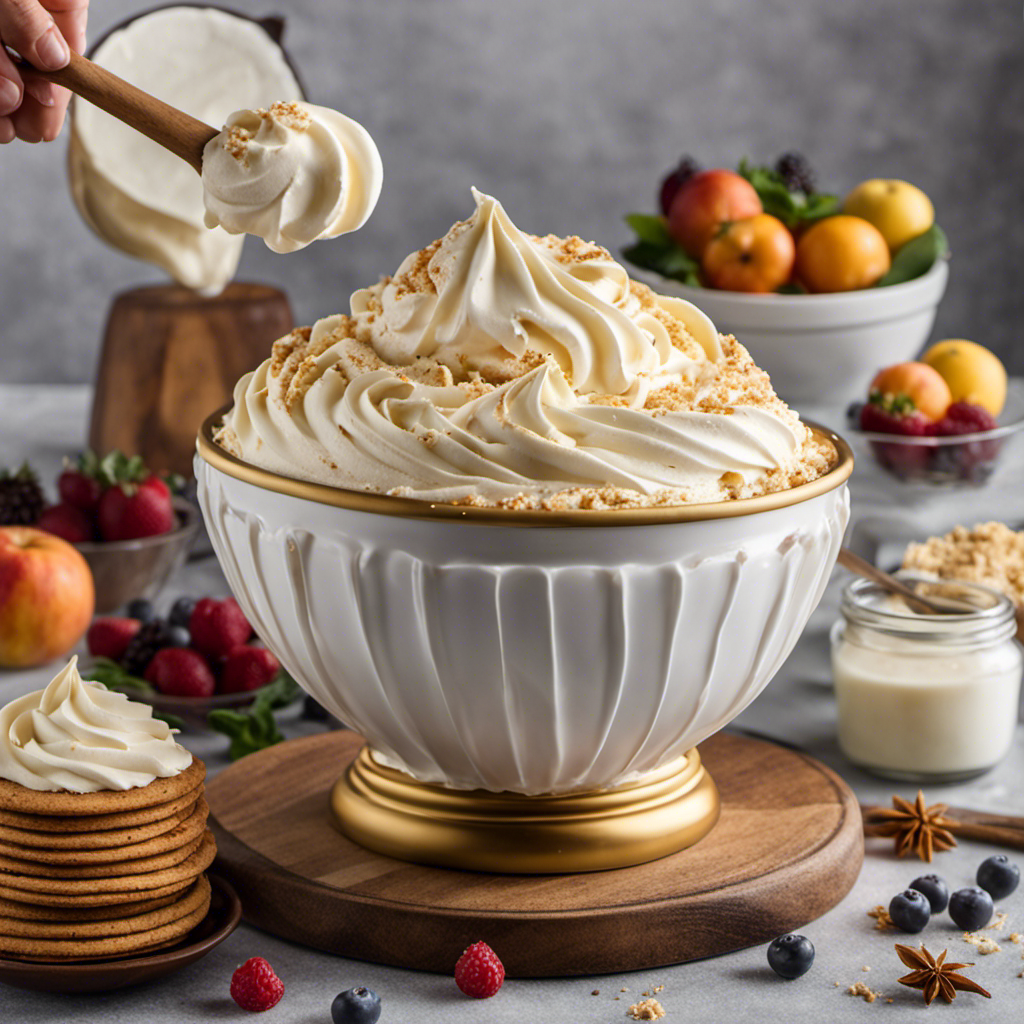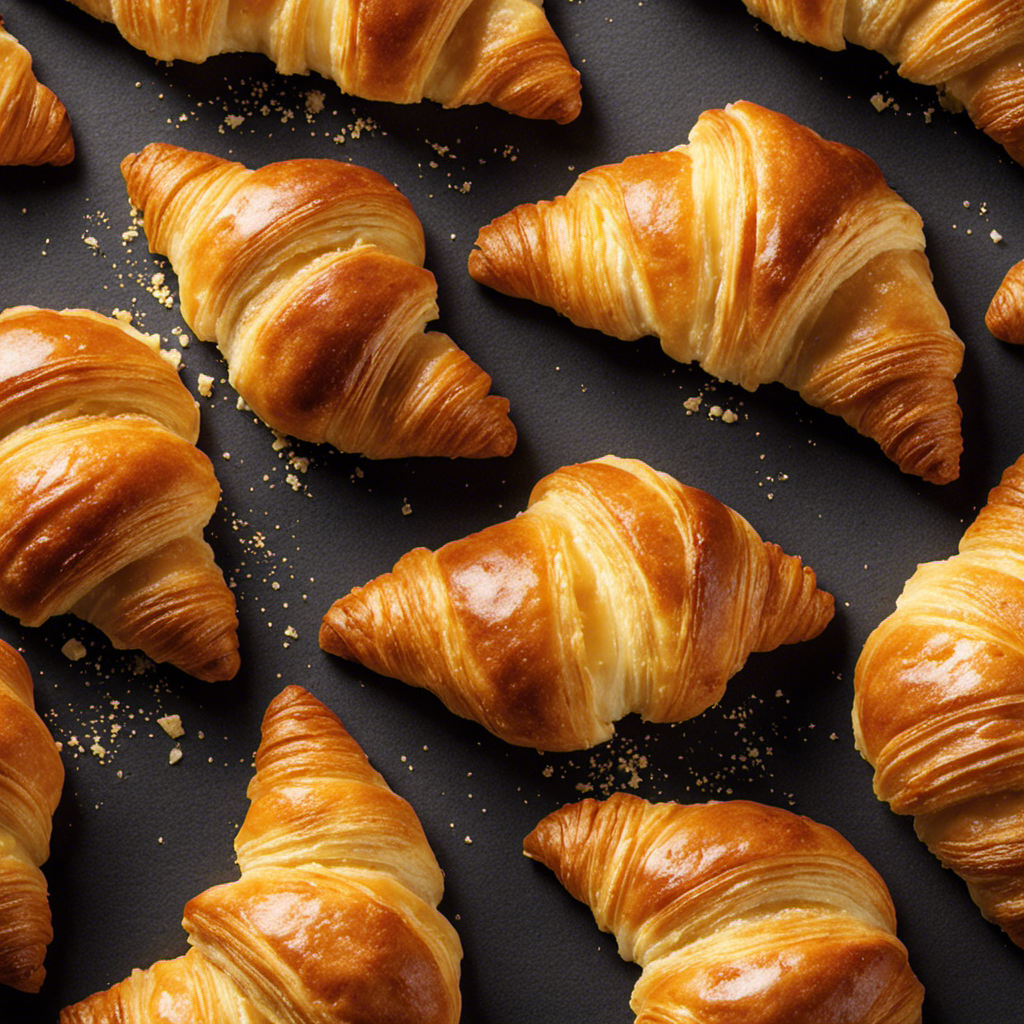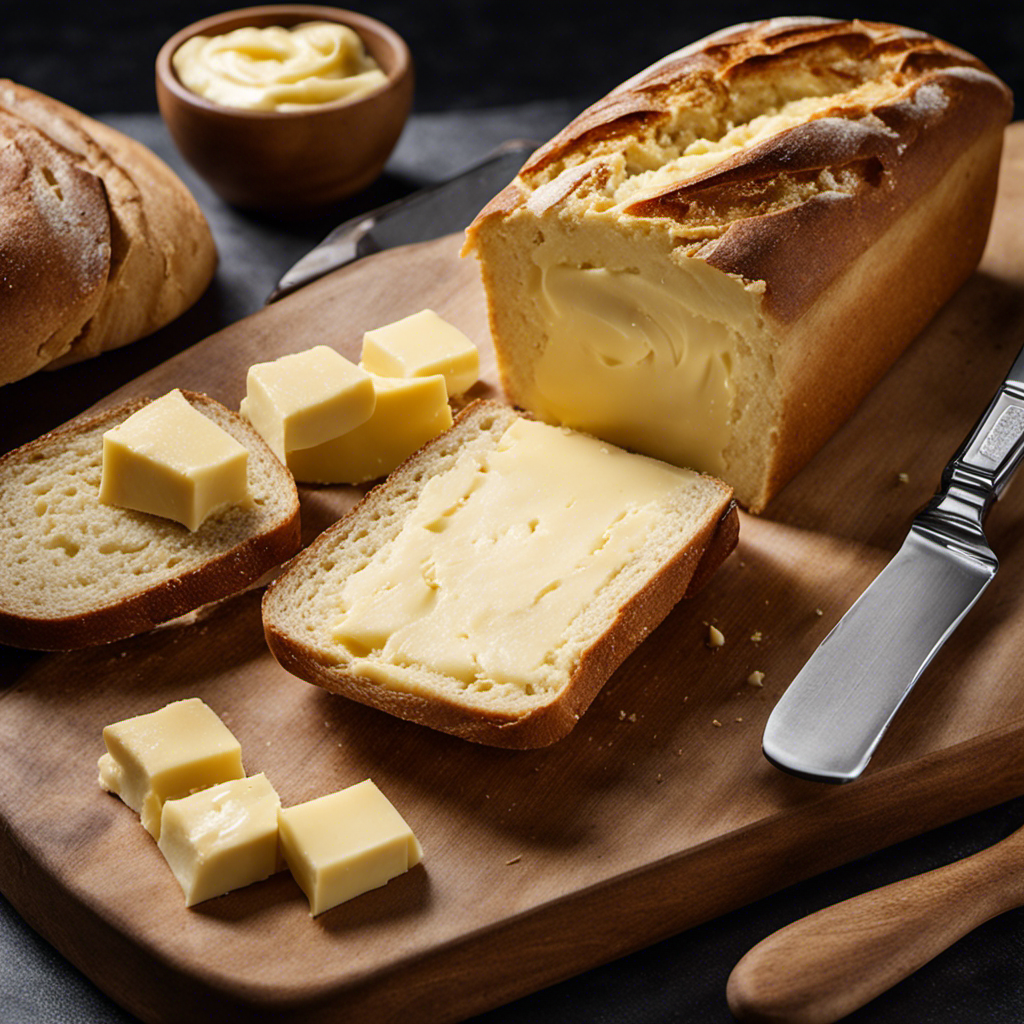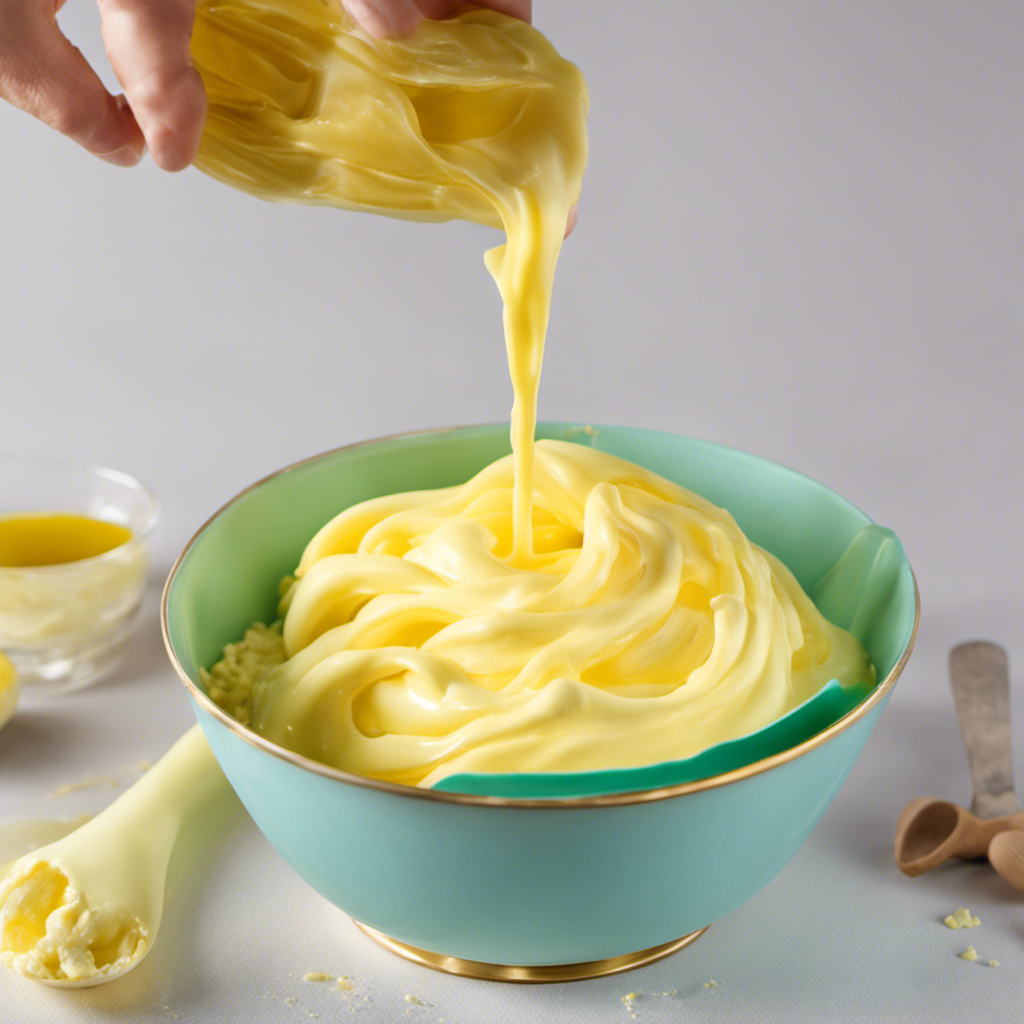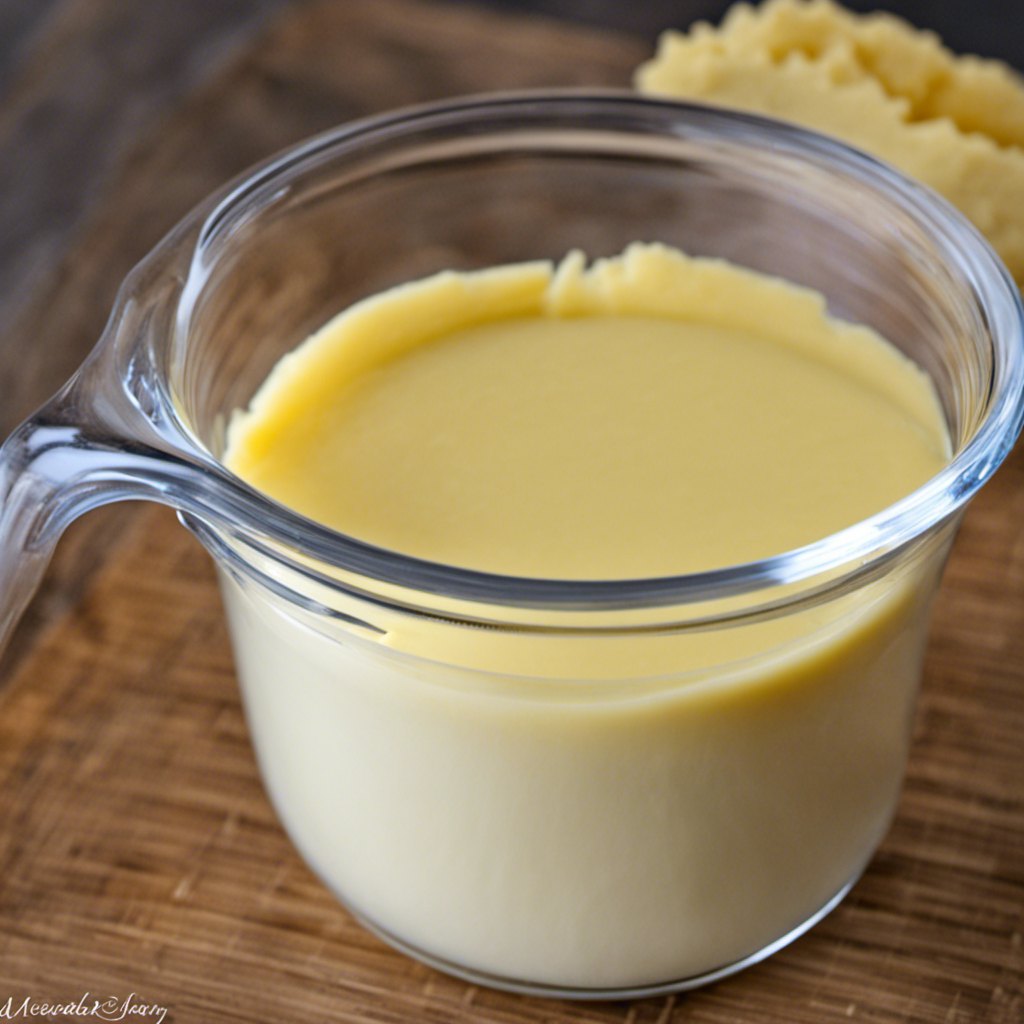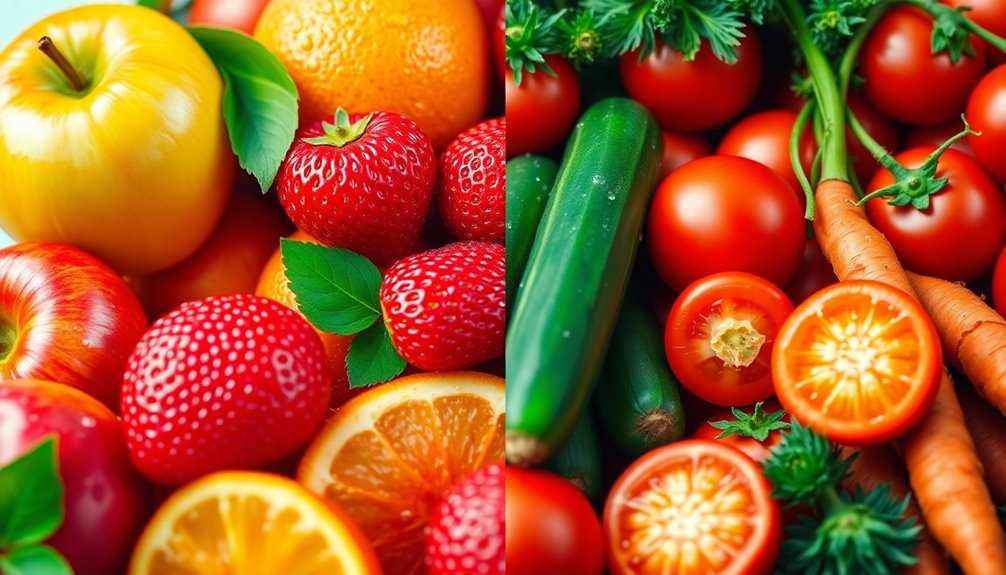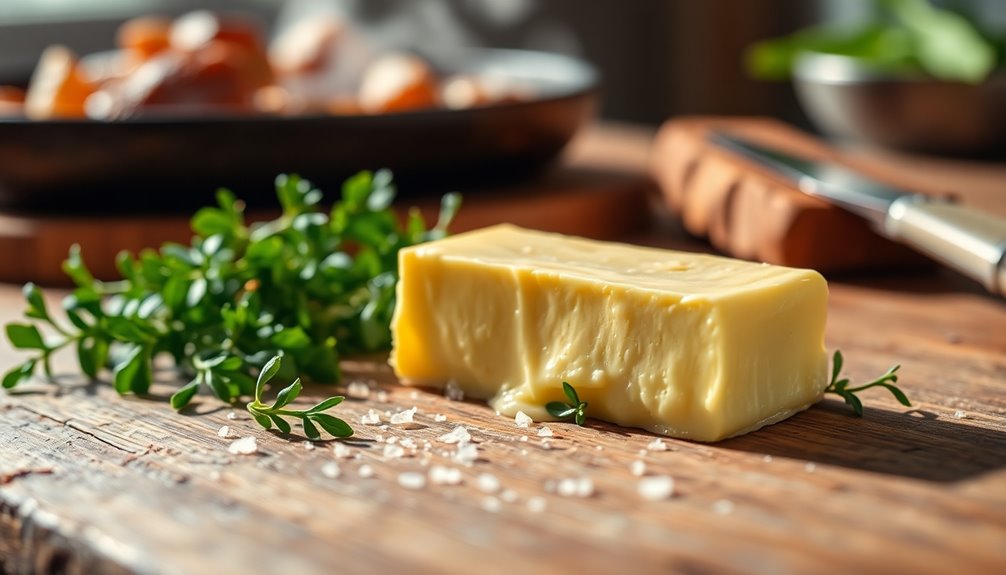Are you aware that 65% of individuals are searching for substitutes for butter in their frosting recipes? If you’re among them, you’re in for a treat! This article will walk you through creating mouthwatering icing without the use of butter.
From plant-based options to dairy-free alternatives, we’ve got you covered. Get ready to learn some amazing butter-free frosting ideas and explore vegan icing recipes that will make your taste buds sing.
Let’s dive in and make some mouthwatering icing!
Key Takeaways
- Plant-based buttercream recipes use ingredients like coconut oil or vegan margarine.
- Oil-based frosting is made by combining powdered sugar with liquid oil.
- Coconut oil and avocado offer creamy alternatives to butter-based icings.
- Vegan-friendly icing options are available for those with dairy allergies.
Substitutes for Butter in Icing
There are several substitutes you can use in icing instead of butter. If you’re looking for a plant-based option, consider using plant-based buttercream recipes. These recipes typically use ingredients like coconut oil or vegan margarine as a substitute for traditional butter.
Coconut oil adds a rich and creamy texture to the icing, while vegan margarine provides a similar taste and consistency. Another option is to use oil-based frosting. This type of frosting is made by combining powdered sugar with a liquid oil, such as vegetable or canola oil, until it reaches a smooth and spreadable consistency.
Oil-based frostings are a great alternative for those who want a lighter and less rich icing option. So, whether you choose plant-based buttercream or oil-based frosting, there are plenty of delicious alternatives to butter for your icing needs.
Plant-Based Icing Recipes
Looking for butter alternatives for your icing? Whether you’re vegan, have a dairy allergy, or simply want to try something new, there are plenty of options to choose from.
Vegan-friendly icing options, such as coconut oil or avocado, offer a creamy and delicious alternative to traditional butter-based icings.
And if you’re looking for nut-free icing recipes, ingredients like sunflower seed butter or soy margarine can be excellent substitutes.
Butter Alternatives for Icing
You can use coconut oil as a butter alternative when making icing. Coconut oil is a versatile and plant-based option that adds a subtle coconut flavor to your icing.
Here are three reasons why using coconut oil for icing is a great choice:
-
Health Benefits: Coconut oil is rich in medium-chain fatty acids, which are known to boost metabolism and provide a quick source of energy. Unlike butter, coconut oil is free from cholesterol and contains antioxidants that promote heart health.
-
Creamy Texture: When used in icing recipes, coconut oil creates a smooth and creamy texture that is perfect for spreading or piping onto your baked goods. It adds moisture and richness, making your icing irresistible.
-
Flavor Enhancement: The subtle coconut flavor of coconut oil adds a unique twist to your icing, giving it a tropical and indulgent taste. It pairs well with various flavors, such as chocolate, vanilla, or citrus, enhancing the overall taste of your baked goods.
Vegan-Friendly Icing Options
Coconut oil is a versatile and plant-based option that adds a subtle coconut flavor to vegan-friendly icing. When it comes to substitutes for margarine in icing, coconut oil is a top choice. Not only does it provide a creamy texture, but its natural sweetness complements a variety of vegan frosting flavors.
To give you a better idea of the options available, here is a table showcasing three vegan frosting flavors and their corresponding ingredients:
| Flavor | Ingredients |
|---|---|
| Chocolate | Coconut oil, cocoa powder, sugar |
| Vanilla | Coconut oil, powdered sugar, vanilla extract |
| Lemon | Coconut oil, lemon juice, powdered sugar |
These vegan-friendly icing options demonstrate that you don’t need butter or margarine to create delicious frostings. By using coconut oil and other plant-based ingredients, you can indulge in your favorite frosting flavors while staying true to your vegan lifestyle.
Nut-Free Icing Recipes
If you have a nut allergy, there are plenty of delicious and safe icing recipes available. Here are three nut-free frosting recipes that will satisfy your sweet tooth without compromising your health:
-
Vegan Vanilla Frosting: In a mixing bowl, combine vegan butter, powdered sugar, vanilla extract, and a pinch of salt. Beat until light and fluffy. This creamy frosting pairs perfectly with any cake or cupcakes.
-
Cream Cheese Frosting: Beat cream cheese, dairy-free butter, powdered sugar, and vanilla extract in a bowl until smooth and creamy. This tangy and rich frosting is perfect for carrot cake or red velvet cupcakes.
-
Chocolate Ganache: Heat dairy-free chocolate chips and coconut cream in a saucepan until melted and smooth. Let it cool slightly before pouring over your cake or cupcakes. This glossy and decadent frosting will satisfy any chocolate lover.
With these nut-free frosting recipes, you can enjoy delicious and allergy-friendly icing alternatives without any worries.
Dairy-Free Icing Options
There’s a variety of dairy-free icing options available for those who can’t consume butter. If you’re looking for alternatives to traditional buttercream, you’re in luck!
When it comes to dairy-free cake decorating, there are plenty of delicious options to choose from. One popular choice is coconut milk-based icing. Made with coconut milk, powdered sugar, and vanilla extract, this creamy icing is not only dairy-free but also adds a delightful tropical flavor to your cakes.
Another option is vegan cream cheese icing, which can be made using non-dairy cream cheese, powdered sugar, and a splash of lemon juice. This tangy and smooth frosting is a great substitute for traditional cream cheese icing.
Icing Recipes Without Butter or Margarine
You can still create delicious and creamy icing without using butter or margarine. Here are three substitutes for buttercream that are perfect for those who prefer oil-based icings:
-
Coconut Oil Icing: Replace butter with coconut oil for a creamy and dairy-free option. Simply beat together coconut oil, powdered sugar, vanilla extract, and a pinch of salt until smooth and fluffy. This icing pairs beautifully with tropical flavors like pineapple or coconut cakes.
-
Avocado Frosting: Avocado is not only a healthy alternative to butter, but it also adds a rich and creamy texture to your icing. Mash ripe avocados with powdered sugar, cocoa powder, and a splash of vanilla extract. The result is a velvety smooth icing that complements chocolate and coffee-flavored desserts.
-
Olive Oil Glaze: For a lighter option, try using olive oil in a glaze. Combine powdered sugar, olive oil, and a touch of lemon juice for a tangy and citrusy icing. This glaze works well on citrus-flavored cakes or drizzled over muffins and scones.
With these creative substitutes, you can enjoy delectable icing without the need for butter or margarine.
Butter-Free Frosting Ideas
Explore these inventive frosting ideas that don’t require the use of butter.
If you’re looking for buttercream alternatives or simply want to try something different, oil-based frostings can be a delicious option.
One popular option is a whipped oil-based frosting, which uses vegetable or canola oil as the main fat instead of butter. This type of frosting is light and fluffy, with a smooth texture that is perfect for piping or spreading on cakes and cupcakes.
Another option is a cream cheese frosting, which combines cream cheese, powdered sugar, and a small amount of oil for a rich and tangy flavor. This type of frosting pairs well with carrot cake or red velvet cupcakes.
Vegan Icing Recipes
If you’re following a vegan diet, try these delicious frosting recipes that don’t contain any butter or animal products. Whether you’re looking for a classic vanilla frosting or a rich chocolate ganache, there are plenty of options to satisfy your sweet tooth.
Here are three vegan frosting ideas that are not only egg-free but also incredibly tasty:
-
Coconut Cream Frosting: Whip up a can of chilled coconut cream with some powdered sugar and vanilla extract until light and fluffy. This creamy and indulgent frosting pairs perfectly with fruity cakes or chocolate cupcakes.
-
Cashew Cream Frosting: Soak raw cashews in water overnight, then blend them with some maple syrup, lemon juice, and a pinch of salt until smooth. This creamy and tangy frosting is perfect for carrot cakes or spice cupcakes.
-
Aquafaba Frosting: Aquafaba, the liquid from a can of chickpeas, can be whipped into a fluffy meringue-like frosting. Simply whisk the aquafaba with some powdered sugar and cream of tartar until stiff peaks form. This light and airy frosting is great for layer cakes or as a topping for pies.
With these vegan frosting options, you can enjoy delicious and cruelty-free treats without compromising on taste or texture.
Conclusion
Congratulations! You’ve unlocked the secret to creating delectable icing without butter. By exploring substitutes such as plant-based options and dairy-free alternatives, you can indulge in guilt-free frosting that still delivers on taste and texture.
With these butter-free frosting ideas and vegan icing recipes, you can elevate your baking game and satisfy your sweet tooth. So, let your creativity soar and enjoy the limitless possibilities of creating mouthwatering icing without butter.
It’s time to spread the love, one delicious dollop at a time.
